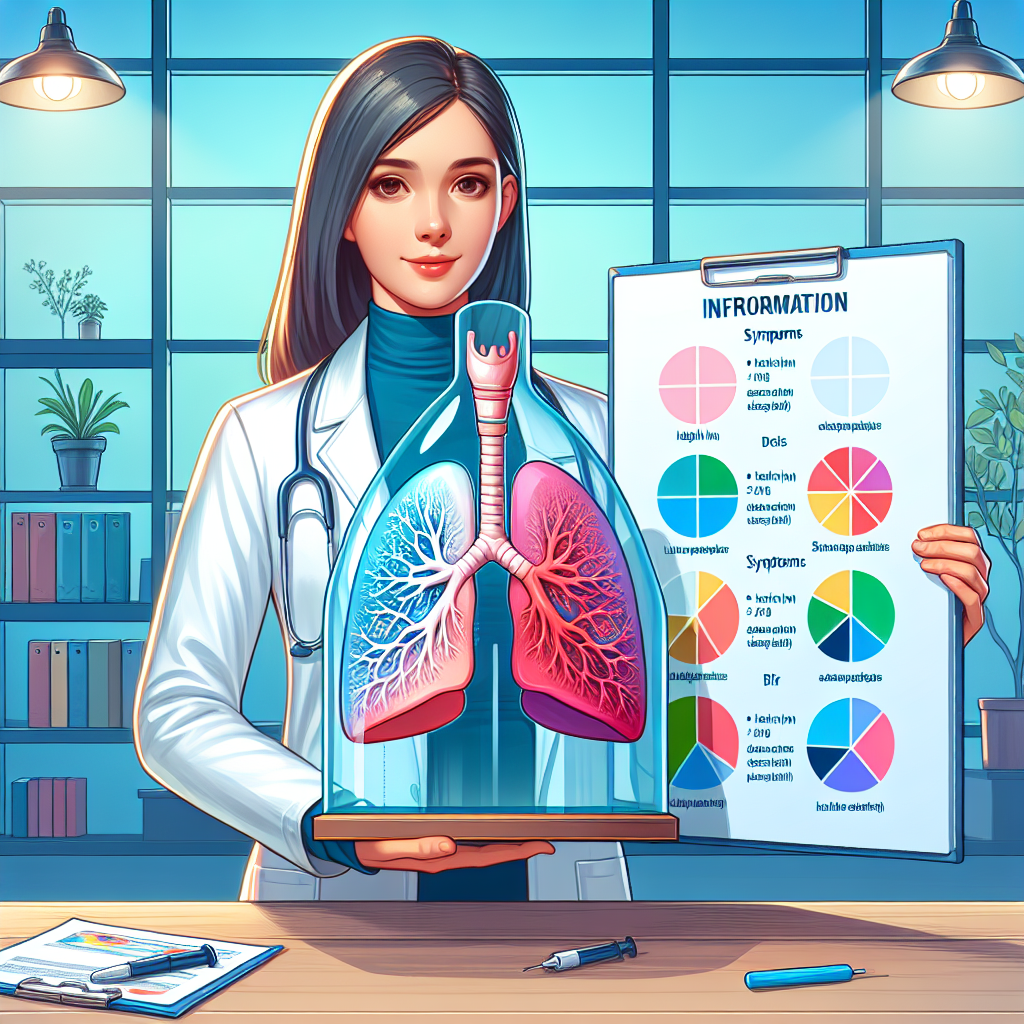Lung cancer remains one of the most commonly diagnosed and fatal cancers worldwide. Understanding its stages, symptoms, and treatments can play a fundamental role in early detection, prognosis, and survival rates. This article aims to delve deeply into the different stages of lung cancer, shedding light on the associated symptoms and available treatment options.
Different Stages of Lung Cancer
Lung cancer is generally categorized into two types: Non-Small Cell Lung Cancer (NSCLC) and Small Cell Lung Cancer (SCLC). Each type progresses differently through stages.
- NSCLC is the most common type of lung cancer and accounts for about 85% of all cases. It has four stages (Stage I to IV), with Stage IV being the most advanced.
- SCLC is less common, representing around 15% of all lung cancer cases. It is usually divided into only two stages: Limited Stage and Extensive Stage due to its rapid growth and spread.
Symptoms Associated with Each Stage
Symptoms of lung cancer can vary depending on its type and stage.
- Early Stages: Early-stage lung cancer often doesn’t cause any noticeable symptoms. When symptoms do occur, they may include persistent cough, chest pain, unexplained weight loss, or fatigue.
- Later Stages: As the disease progresses, symptoms may become more severe and can include difficulty breathing, hoarseness, pain in the bones, and frequent lung infections.
Treatment Options
Treatment for lung cancer varies significantly depending on the type, stage, and overall health of the patient. Standard treatment options include:
- Surgery: In surgical procedures, doctors remove the tumor and surrounding lung tissue. This option is usually considered only in early-stage NSCLC.
- Chemotherapy: This well-known cancer treatment uses drugs to kill cancer cells. It can be used in all stages and types of lung cancer.
- Radiotherapy: This treatment uses high-energy rays to destroy cancer cells. It is used in both NSCLC and SCLC, often in combination with chemotherapy.
- Targeted Therapy: This modern form of treatment focuses on specific genetic changes in cancer cells, leading to their growth and multiplication. It’s mostly used in advanced or recurrent NSCLC cases.
- Immunotherapy: This approach helps the body’s immune system fight cancer. It’s used typically in the later stages of NSCLC.
Conclusion
The understanding of different stages of lung cancer, its symptoms, and available treatments is crucial. Early detection greatly improves survival rates, and knowing the symptoms could lead to early diagnosis. Moreover, understanding the available treatments can help patients and their families make informed decisions about their health care.
Frequently Asked Questions
- Q: Can lung cancer be cured?
A: While lung cancer can’t be cured in advanced stages, early detection significantly increases the chances of successful treatment.
- Q: What are the first signs of lung cancer?
A: Initial signs can include persistent cough, chest pain, unexplained weight loss, or fatigue.
- Q: How is lung cancer staged?
A: Doctors stage lung cancer based on the size and location of the tumor, whether it has spread to lymph nodes, and whether it has metastasized.
- Q: Which is more dangerous, NSCLC or SCLC?
A: Both are dangerous, but SCLC is more aggressive, growing and spreading much faster than NSCLC.
- Q: Is lung cancer painful?
A: In the early stages, lung cancer often has no symptoms. However, as the disease progresses, it does become painful, with symptoms like chest pain, bone pain, and headaches.

Leave a Reply